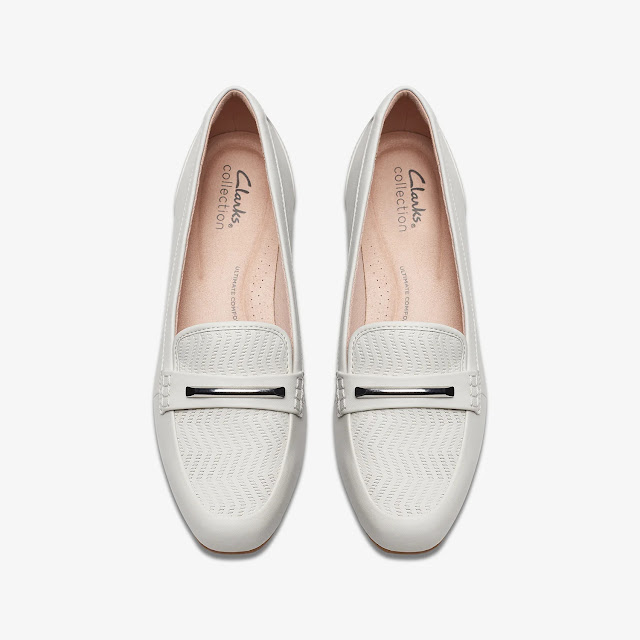What Defines a Brogue?
The brogue has long held its position as one of the most popular men’s dress shoes. With a world of styles and detailing variations out there, it can be unclear exactly what defines a brogue. But just a little knowledge of shoe closures and seam detailing can help identify which shoe is right for you, and make buying brogues online a breeze.
Humble Beginnings
First used in Ireland and Scotland in the 1800s, the brogue’s distinctive perforations and visible serrated seams were once a feature of utility rather than aesthetics. The original brogues (from the Gaelic bróg meaning shoe) were worn by farm workers and shepherds as hardy outdoor work shoes. The perforations on their low-heeled leather shoes allowed for better drainage when trudging through wet and boggy marshland, so the untanned leather uppers could dry faster.
By the 1920s the jazz age was in full swing in America, and the brogue’s decorative details helped secure it a place as a fashion dress shoe in the dance halls and speakeasies of the time. The iconic two-toned spectator shoe brogues of the era remain a sartorial classic to this day. Liberated from the world of work, new perforation arrangements and stitching fast-tracked the brogue to becoming the modern men’s dress shoe of choice.
For More Formal, Go for Less Detail
There are several types of brogue detailing, each of which describes the exact pattern of perforations and serrated seams on the shoe. In general, the more heavily detailed, the more relaxed the shoe- but of course, no rules in fashion are hard and fast.
A full or wingtip brogue has the most detail of them all. Wingtips feature serrated edges (wings) and perforations along the edges of the quarter (the portion of leather forming the laces and heel) and the vamp (the leather forming the shoe’s forefoot). Its most distinctive characteristic is further perforated serrated seams in a W-shape towards the toe, which looks a little like a bird in flight, hence the wingtip moniker. The centre of the front of the shoe features even more perforation patterning.
Semi-brogues have all the same features as a full brogue- until you reach the toe. The wingtip is replaced by a straight perforated serrated seam across the forefoot, but they retain the decorative perforations in the centre. Longwing brogues meanwhile keep the wingtip feature and central perorations of the full brogue, but their serrated wings extend all the way back from the wingtip to the heel.
The most formal brogue variant of all is the quarter brogue. With just a single straight seam at the toecap featuring those distinctive perforation and serration details, this more subdued style of brogue is the perfect choice of footwear for black-tie occasions.
The Details Don’t Define the Shoe
Of course, as broguing describes a type of detailing, it can be applied to many types of men’s dress shoes. There are brogues available today in all sorts of colourways and lacing styles, so you’ll want to consider the type of fit you want from your shoes also.
Should you prefer a lace-up shoe, the open lace Derby style gives a more relaxed look and improved comfort. The quarter is secured over the vamp of the shoe, allowing the laces to be loosened or fastened with ease. This also makes them ideal for those with wider feet.
The classic Oxford brogue is the typical choice for a formal event, and features closed lacing with the shoe’s quarter placed under the vamp. The laces tie completely shut with no tongue visible, giving a tidier and more streamlined appearance ideal for black-tie occasions.
A Ghillie brogue is a tongueless shoe with open lacing that features very long laces which tie up around the calf. Its characteristic laces were first tied high to prevent them getting muddy and wet as the wearers toiled outdoors, but nowadays they are typically seen worn with a kilt as traditional Scottish formalwear.
Should you want to avoid laces altogether, the monk brogue makes for a sophisticated alternative. In place of lacing, this shoe is fastened to the foot by one or two buckled straps (known as monk straps). Its clean lines and smooth silhouette make the monk brogue a more formal choice than the Derby shoe, but with a little more give and relaxation than an Oxford- a good middle ground.
Whatever the occasion, there is a style of shoe and pattern of brogue detailing that will fit the dress code perfectly. Designs with different materials and colours can add even more variety and interest to the basic brogue blueprint. But one thing’s for sure, the versatile brogue has certainly earned its place in men’s dress wardrobes for a very long time to come.






Comments
Post a Comment